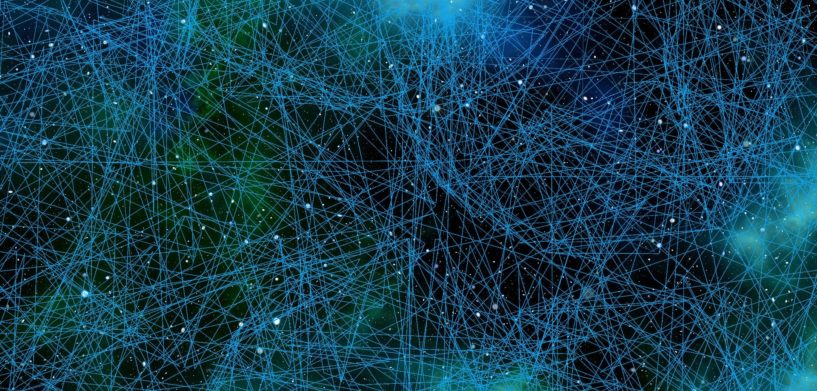With the massive amounts of location data being generated every minute, it can be hard to not only determine what is operationally relevant, but also to access that relevant data as soon as it is produced to analyze it and act on it. This is even more difficult because digital solutions providers sometimes treat “Big Data,” “Internet of Things” and “Deep Learning” as buzzwords instead of touchpoints for technological advancements, forging a gap between the solutions that are needed and what is on the market.
A major source of constant data generation is the Internet of Things, or IoT. Essentially, IoT includes sensors ranging from those as tiny as coffeemaker switches, all the way to highly complex satellite sensors recording data in real time.
With all the data IoT sensors capture, how do we discern any real meaning? Today’s data analytics tools have a significant challenge: they must allow users to find the answers to their operational challenges hidden in the trends of their data, while also discovering deviations from expected data values, which signal anomalies that must be addressed.
Smart Monitoring Appliance for IoT provides the framework for users to monitor and analyze IoT sensor data, as well as compare it to historical data, for both real-time analytics and trends analysis in 3D. Enhanced with Deep Learning and other Machine Learning capabilities, this digital and interactive analytics solution lets users focus on, and keep track of, how the assets they manage are moving and changing, with the capability to automatically detect those changes.
Smart Monitoring: What’s Possible and What’s Next
For infrastructure assets, a variety of sensors can and should be monitored. German infrastructure operator Dataport GmbH collaborated with Fujitsu Technologies to create a proof of concept that embraces different sensors and scenarios that span from monitoring rolling shutter gates and temperatures in server rooms to the illegal lifting of manhole covers.
Transportation and traffic areas also require many sensors, and another example of employing Smart Monitoring Appliance for IoT focuses on parking garage occupancy in Belgium.
The next step for Smart Monitoring Appliance and asset tracking is creating a digital twin for infrastructure. We live among aging public infrastructure, such as bridges. Understanding the behavior and dynamics of such infrastructure is critical to prolonging its use. By leveraging a digital twin in concert with sensor data and Smart Monitoring Appliance, engineers and transportation planners would be able to test and monitor which elements put additional stress on the infrastructure — aiding in better lifecycle planning and management.















